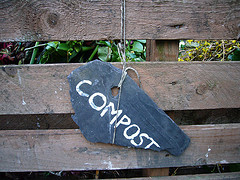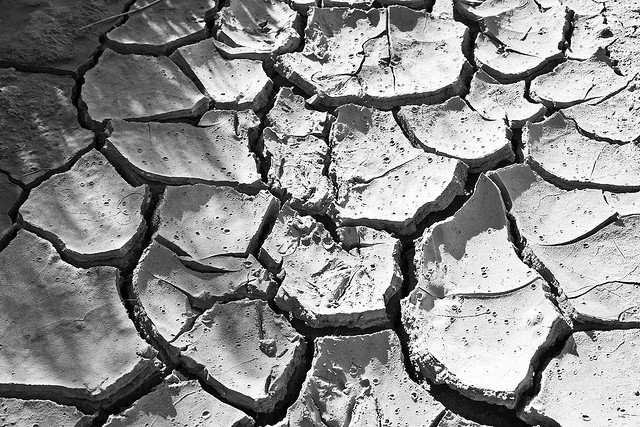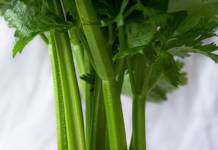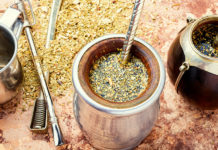In an article published this week in the Los Angeles Times by Jay Famiglietti, senior water scientist at the Nasa Jet Propulsion Laboratory in California, the water crisis was brought to light and a dire picture painted.
Famiglietti states that California has lost approximately 12 million acre-feet of stored water every year since 2011. No relief is in sight for the Sacramento and San Joaquin river basins that are now desperately below normal water levels.
To those of us not living in California, this may not mean much, but it has a greater impact to the entire United States than one might think. Awareness of the problem is only beginning now; and as of now, we are unable to truly grasp the implications of the water crisis in California.
Imagine for an instant that the beautiful, red ripened strawberries, or the carrots in the supermarket were just gone one day. According to a New York Times article written by Mark Bittman, over 85% of the nation’s carrot supply eaten by Americans is produced by Bolthouse Farms in the expansive Central Valley. These carrots are used to make baby carrots, freezer fare, concentrate, salad dressings, beverages, and eventually the leftovers are used for cattle feed. It’s simply incredible – the amount of different products – which come out of just one facility that harvests carrots. And this is only one example of the kind of produce that comes out of the Central Valley in California.
California’s Central Valley
The Central Valley is over 450 miles long and spans an area larger than 9 different states, covered with the world’s largest patch of Class 1 soil (the best there is). It also has incredible weather where the sun shines almost 300 days a year. The water source is ice melt, which safeguards against drought and flooding that can happen in the Midwest. The winters are cool but without any snow, which gives way to other crops that cannot take the summer heat. Over 230 different crops are grown in the Central Valley. It’s also the largest supplier of canned tomatoes in the world. So what happens if this fruitful valley is no longer getting the water supply that it needs?
Losing the ability to produce crops in California’s Central Valley would mean the following:
- Higher Prices of Produce Across America – A single avocado might cost $10, or a pint of strawberries might be much higher than normal, if available at all.
- Food Scarcity Crisis – Lower production in the nation’s most fruitful place would cause us to have to look toward importing more produce. Some of these countries use agricultural chemicals which are banned in America.
- More Chemically Contaminated Foods – The FDA rarely tests imported food for pesticides or banned chemicals. Therefore, even more questionable produce may be allowed to sell in our supermarkets.
- Agricultural Labor Market Collapse – Hundreds of thousands of workers keep California’s farms producing large quantities of produce; however, if there is less water, and less produce, then these workers may become unemployed and jobless. When they turn to the state for financial help, this will place an extreme amount of financial burden on California.
Last month, new research by scientists at NASA, Cornell University and Columbia University explained that “the United States hasn’t seen anything yet.” They predict that climate change will cause droughts in the Southwest and Great Plains regions which will exceed any experienced in the last 1,000 years.
Grim Outlook on our Future
“Megadroughts” as they call them, are predicted to occur between 2050 and 2099. This may seem like a long time from now, but preparing for them now can make a considerable difference in the future. There are already some places that are experiencing severe drought and running out of water. Warming temperatures and reduced rainfall, due to climate change, have created a feedback loop of scarcity which exacerbates the impact of future droughts. These current conditions will make future conditions of the Central Valley region substantially different, with increased hardship and adaptation becoming necessary to overcome the water crisis.
As concerning as all of the current conditions can be, there is a light at the end of the tunnel, with many things we can do today to help the conditions in the future. The major climate change occurring in California has increased scarcity of some produce across the country. It’s already not a rare occurrence for some items at the supermarket to be extremely expensive… this will become more common sooner than later. Because of this emerging trend, you can be sure that home food production will be taking off soon.
Investing in your Homestead
Growing your own vegetables and fruits is not only economically sound; it’s also healthier and more sustainable. Even when fresh produce prices increase at the store, the crops you can grow in your own backyard should not increase much, with sustainable farming practices. All you need is water, sunshine and seeds to grow a wide variety of fruits, vegetables, and herbs.
Whatever conditions you have, you’re able to grow your own food; whether a large outdoor garden, a small patio box, or an indoor hydroponic system inside of your own apartment. Here’s a few tips for any type of garden you have:
1. Feed the Soil
 Creating an organic garden requires time and attention to the nutrients within the soil. Conventional chemical agriculture is fed through synthetic fertilizers. In an organic garden, you have to add organic matter to the soil in order for it to produce nutrients. Compost, shredded leaves and animal manure are all good types of organic matter that can enrich your soil with necessary nutrients.
Creating an organic garden requires time and attention to the nutrients within the soil. Conventional chemical agriculture is fed through synthetic fertilizers. In an organic garden, you have to add organic matter to the soil in order for it to produce nutrients. Compost, shredded leaves and animal manure are all good types of organic matter that can enrich your soil with necessary nutrients.
2. Make Use of Your Space
Location is important with proximity to a water source, sunlight, and protection from wind and frost. If you have room for a large garden, and time to tend it, then by all means plant away! However, many people only have a small space for growing; so make sure you choose crops that are not space-hungry (corn, pumpkins, squash, melons) and instead make the most efficient use of your space. Raised beds and boxes are great for beginners.
3. Grow Up, Not Out
Those with limited space may also want to utilize tresses. This will allow a gardener to grow climbing varieties such as green beans, peas, tomatoes and cucumbers. Vertical supports for your vegetables will allow a small space to be used most efficiently.
Another alternative to growing your own crops is to support hometown farmers by buying local produce. Even though California is having a crisis in the Central Valley, this doesn’t mean that farmers within your own town are suffering from the same conditions. Many supermarkets are supplied with local produce; but if not, look for farmer’s markets nearby that you can visit.
Check your area for a Community Supported Agriculture (CSA) program, where you can invest in the local farms, then have weekly produce pickups (or deliveries) of your share of local produce bundles! Green Bean Delivery and Door To Door Organics are two other examples of delivery services. Not only is eating locally produced foods healthier, but growing your own food can also be a great way to teach your family about sustainability and prepare for a potential food scarcity problem due to the water crisis in California. By preparing for these events today, we help to build a better future for tomorrow!
——
Photo credits:
1. Bert Kaufmann / CC 2.0
2. Kirsty Hall / CC 2.0








